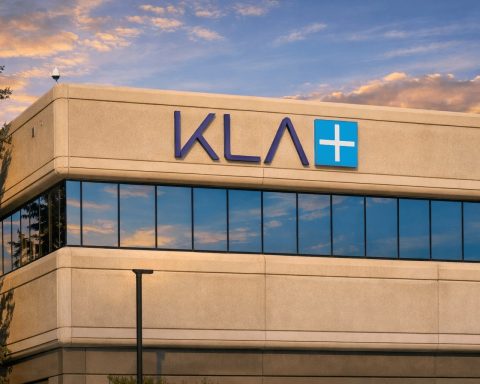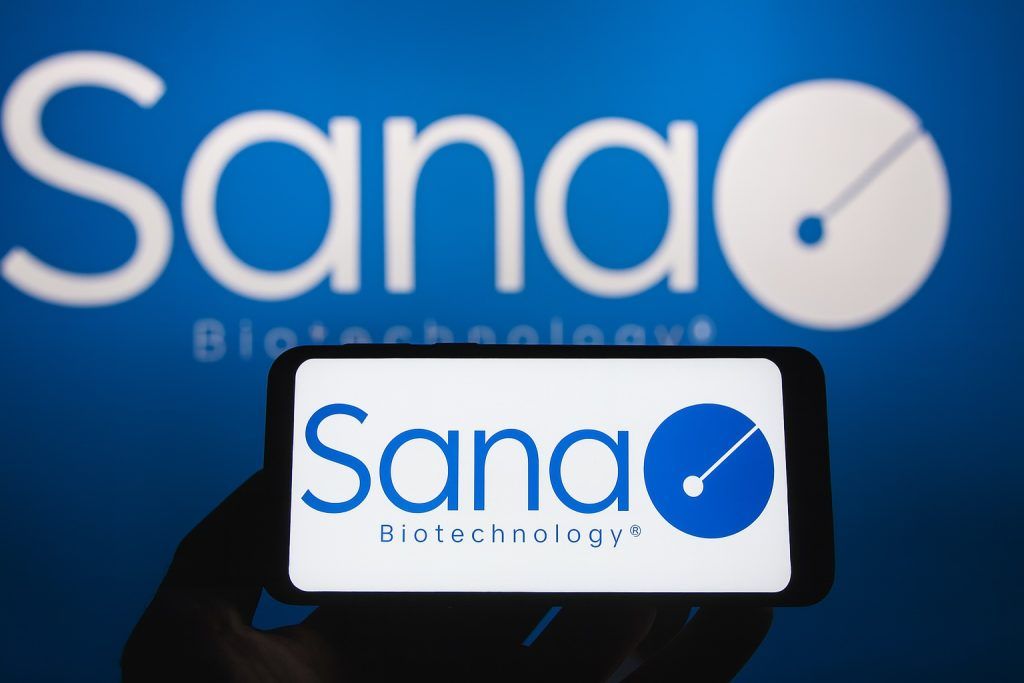- Stock Surge (Oct 15, 2025): Hims & Hers (NYSE: HIMS) shares jumped roughly 12–13% on Oct. 15 after the company announced a new menopause/perimenopause treatment specialty [1] [2]. By mid-day the stock traded around $61 (up ~12.8%), with unusually 29 million shares changing hands [3].
- New Offering: On Oct. 15 Hims & Hers rolled out a dedicated menopause/perimenopause program on its Hers telehealth platform, aimed at the ~1.3 million U.S. women entering menopause annually [4] [5]. This expansion opens a large gap in women’s care – only ~30% of OB/GYN residencies train in menopause – and is part of management’s plan to push Hers toward $1 billion in annual revenue by 2026 [6] [7].
- Business Scale: The Hers women’s health platform now serves over 500,000 subscribers [8]. More broadly, Hims & Hers had about 2.4 million total subscribers by end-Q2 2025 (up 31% year-over-year) [9]. Q2 2025 revenue was $545.0 million (+73% YoY) and GAAP net income $42.5 million (vs $13.3M a year earlier) [10] [11].
- Upcoming Earnings: The company will report Q3 2025 results on Nov. 3, 2025 (after market close) [12]. Analysts expect continued high growth fueled by weight-loss and women’s health offerings.
- Analyst Sentiment: Wall Street remains mixed. MarketBeat’s consensus rating is a “Reduce”, with an average 12-month price target of about $39 (roughly 38% below the current price) [13]. Of 14 analysts tracked, only 2 rate HIMS a Buy, while most rate it Hold or Sell [14] [15]. A recent analysis noted that high short interest (~30% of float) and cautious analysts have capped gains in 2025 [16] [17].
- Industry Context: Hims & Hers is capitalizing on booming telehealth and weight-loss drug trends. For example, Novo Nordisk recently agreed to sell its GLP-1 obesity drug Wegovy through partners including Hims & Hers, allowing patients to get lower-priced Wegovy delivered via Hims’s platform [18]. This and other pharma partnerships (e.g. with Lilly’s Zepbound via other telehealth firms) highlight the company’s expanding market.
- Competitive Position: Compared to traditional telehealth peers (e.g. Teladoc), Hims & Hers focuses on a direct-to-consumer subscription model with specialized offerings. A Zacks analysis in April 2025 noted HIMS’s rapid specialty expansion (launching weight-loss and women’s health services) and a strong D2C brand, versus Teladoc’s broader employer-facing services [19] [20]. Notably, Hims & Hers has far outperformed Teladoc this year (HIMS up ~158% YTD vs. TDOC down ~44%) [21]. One view calls HIMS a Zacks “Buy” (#2) with strong free cash flow potential, while Teladoc is a “Hold” (#3) given its slower growth [22].
Hims & Hers’ women’s health platform (Hers) now offers specialized menopause and perimenopause care [23]. The new service is aimed at improving access to hormone therapies (estradiol, progesterone, etc.) for symptoms like hot flashes and sleep issues, expanding a platform that already serves over 500,000 women.
The October 15 jump in HIMS stock was driven by the menopause announcement. Investors saw the new specialty as a major driver of future growth, helping Hims & Hers address a long-ignored need in women’s health. As Benzinga reported, the stock closed the day up about 10–13% (trading near $60) after the news [24]. This contrasts with modest moves earlier in the week, indicating strong investor appetite for the expansion. Volume spiked (~29 M shares) – roughly fifteen times the stock’s average daily volume – underscoring the market’s excitement [25].
The launch was announced via a BusinessWire press release on Oct. 15 [26]. Hims & Hers highlighted that Hers (“her” spelled backwards) now offers tailored perimenopause/menopause plans, with licensed providers prescribing hormone treatments (pills, patches, creams) based on a woman’s medical history and preferences. Chief Medical Officer Dr. Jessica Shepherd (a longtime OB/GYN) explained: “This isn’t just about medication – it’s about building and growing a platform that women can trust to access the care they need” [27]. The company noted that women typically spend nine years in poor health around menopause (25% longer than men on average), so making care accessible can improve lives and workplace productivity. Management emphasized that this launch is one of several specialty expansions aimed at driving Hers from its current half-million subscribers toward $1 billion+ in revenue by 2026 [28] [29].
This women’s health push comes on the heels of other Hims & Hers initiatives (e.g. GLP-1 weight-loss plans, dermatology services). The cumulative effect is a rapidly growing business. In Q2 2025, Hims & Hers reported $545.0 million in revenue, up 73% from a year earlier [30], and GAAP net income rose to $42.5 million (vs. $13.3M in Q2’24) [31] [32]. The subscriber base hit ≈2.4 million by June 2025 (up 31% YoY) [33], with 70% of new users choosing personalized treatment plans [34]. The company’s August guidance calls for roughly $2.35 billion in 2025 revenue with an ~11.5% adjusted EBITDA margin [35]. (Hims & Hers has also begun international expansion, with recent European partnerships to extend its D2C platform.)
Despite the strong metrics, analysts have been cautious on the stock. MarketBeat’s Oct. 15 data shows most analysts rating HIMS a “Hold” or “Sell,” yielding a consensus “Reduce” rating [36]. The average 1-year price target (~$38.9 [37]) implies a significant pullback from current levels. A recent analysis noted that “high short interest and tepid analyst involvement” have capped the stock’s gains in 2025 [38] [39], suggesting some short-term volatility ahead. Technical indicators also show the stock is about 19% below its Feb. 2025 all-time high (around $73) and ~16% above its 50-day moving average [40].
Looking ahead, experts point to Hims & Hers’ unique positioning in digital health. Unlike broad telehealth services, Hims & Hers is consumer-first, focusing on subscription-based men’s and women’s wellness (hair care, skincare, weight loss, mental health, etc.) [41]. Its recent collaboration with Novo Nordisk to dispense the obesity drug Wegovy on Hims’ platform [42] – along with prior deals (e.g. with Ro and LifeMD) – shows how big pharma is using telehealth as a channel. One analysis argues Hims & Hers is “capital-efficient” with strong free cash flow, and gave it a Zacks Rank #2 (Buy) due to profitability and growing user engagement, whereas incumbents like Teladoc (NYSE: TDOC) carry slower growth and weaker margins [43]. Teladoc reported $2.57 billion revenue in 2024, but is trading at a much lower sales multiple (0.5x P/S vs. HIMS ~3.1x [44] [45]).
Outlook: In the short term, HIMS stock may see choppy action as investors digest high expectations and navigate technical levels. But the long-term story – expanding into new health specialties and leveraging the GLP-1 weight-loss boom – remains compelling. The company’s upcoming Q3 report (Nov 3) will be a key catalyst. Analysts will be watching subscriber growth, gross margins (which dipped to ~76% in Q2 due to GLP-1 costs [46]), and any updates on new services. If Hims & Hers continues its strong growth and starts to convert more users to paid treatment plans, many experts believe the stock still has upside. One investor commentary even imagines HIMS reaching triple digits (into the $100s) over time by exceeding 30% revenue growth targets in 2026 and beyond [47] [48].
For now, HIMS remains a volatile but high-profile story in the booming telehealth space. Investors are weighing its impressive subscriber gains and new revenue streams against mixed analyst ratings and crowded market conditions. The company’s own optimism is on full display – management is investing in technology, European expansion, and new specialties to “transform our platform” into comprehensive personalized care [49] [50]. Whether that vision justifies today’s price will depend on execution and whether the broader digital health tailwinds keep blowing.
Sources: Official Hims & Hers press releases [51] [52]; Benzinga [53]; Investing.com [54] [55]; MarketBeat [56] [57]; Zacks/Nasdaq analysis [58] [59] [60]; STAT News [61]; Hims & Hers shareholder letter [62] [63]. (All dates reflect information current as of Oct. 15, 2025.)
References
1. www.benzinga.com, 2. investors.hims.com, 3. www.benzinga.com, 4. investors.hims.com, 5. in.investing.com, 6. investors.hims.com, 7. in.investing.com, 8. investors.hims.com, 9. s27.q4cdn.com, 10. s27.q4cdn.com, 11. s27.q4cdn.com, 12. investors.hims.com, 13. www.marketbeat.com, 14. www.marketbeat.com, 15. www.marketbeat.com, 16. www.investing.com, 17. www.investing.com, 18. www.statnews.com, 19. www.nasdaq.com, 20. www.nasdaq.com, 21. www.nasdaq.com, 22. www.nasdaq.com, 23. investors.hims.com, 24. www.benzinga.com, 25. www.benzinga.com, 26. investors.hims.com, 27. investors.hims.com, 28. investors.hims.com, 29. in.investing.com, 30. s27.q4cdn.com, 31. s27.q4cdn.com, 32. s27.q4cdn.com, 33. s27.q4cdn.com, 34. s27.q4cdn.com, 35. www.investing.com, 36. www.marketbeat.com, 37. www.marketbeat.com, 38. www.investing.com, 39. www.investing.com, 40. www.benzinga.com, 41. www.nasdaq.com, 42. www.statnews.com, 43. www.nasdaq.com, 44. www.nasdaq.com, 45. www.nasdaq.com, 46. s27.q4cdn.com, 47. www.investing.com, 48. in.investing.com, 49. s27.q4cdn.com, 50. s27.q4cdn.com, 51. investors.hims.com, 52. investors.hims.com, 53. www.benzinga.com, 54. in.investing.com, 55. www.investing.com, 56. www.marketbeat.com, 57. www.marketbeat.com, 58. www.nasdaq.com, 59. www.nasdaq.com, 60. www.nasdaq.com, 61. www.statnews.com, 62. s27.q4cdn.com, 63. s27.q4cdn.com







